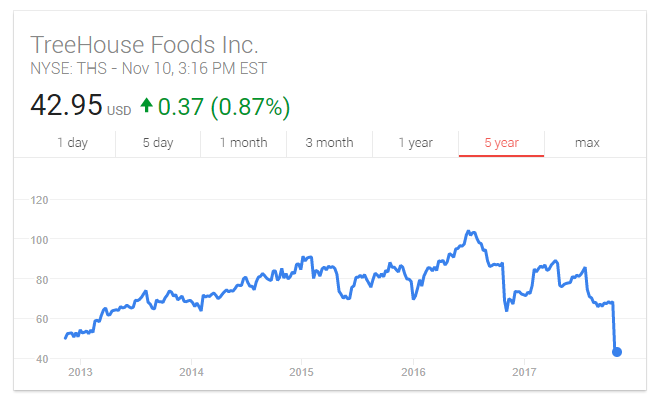A client reached out to me after reading my past post regarding the media industry landscape to point out that Comcast and Charter, while both in the business of providing video, data, and voice services to customers, are far from equal when it comes to revenue diversification.
This is a point that is certainly true. I probably should have been more specific in my prior post that my comments were meant to be focused on the TV business. With Comcast's NBC Universal acquisition about eight years ago, the company became far more than just a cable company offering triple play packages to mostly residential customers.
Along those lines, Charter is a far more one-sided investment bet than Comcast is these days, and would be more susceptible to people who are cancelling their cable service and instead opting for Netflix and/or Prime Video.
Since these companies, along with Disney, have various business segments, I thought it would be helpful to illustrate where each gets its revenue from. The answers are a bit surprising.
Below is a chart that shows the percentage of total revenue that each media company gets from various businesses. Since Disney's 2017 fiscal year is already over, I am showing data for their latest 12 months. For Comcast and Charter, only the first nine months results for 2017 are publicly available.
In my mind, there are a few notable things about this data:
Disney is the most diversified of the three, as one might expect. More than 55% of their revenue comes from sources other than television.
40% of Charter's subscriber revenue comes from TV packages. This is comparable to, but lower than, Comcast's non-NBCU division (44%).
Because of Disney's large parks/resorts segment (33% of revenue), they have less exposure to cable despite owning ESPN. Still, it is a large portion of the company at roughly 30%.
If you want to play increased broadband adoption and higher speeds/prices over the longer term, Charter is actually the best option, as 34% of their subscriber revenue comes from high-speed internet services. The comparable figure for Comcast is just 17% (28% if you exclude the NBCU division).
As with any publicly traded security, price should play a material role in drawing conclusions about the merits of an investment. When I look at the valuations, Charter trades at a similar level to Disney, despite having no content library or dominant consumer franchises. Comcast trades at roughly a 10-20% discount to them, even though one might expect it to trade at a premium to Charter given the diversification of their revenue stream in an uncertain and ever-changing media landscape.
As a result, my personal rankings considering valuation, revenue diversification, and franchise positioning, would be 1) Disney, 2) Comcast, 3) Charter. If I was into the paired trade strategy, long Comcast/short Charter would look interesting over a multi-year period. Of course, the big question is whether Charter will make a play for a content business, or wireless provider, or something else to expand their horizons. In that scenario, the outlook would really depend on who they bought and how much they paid, not surprisingly.












